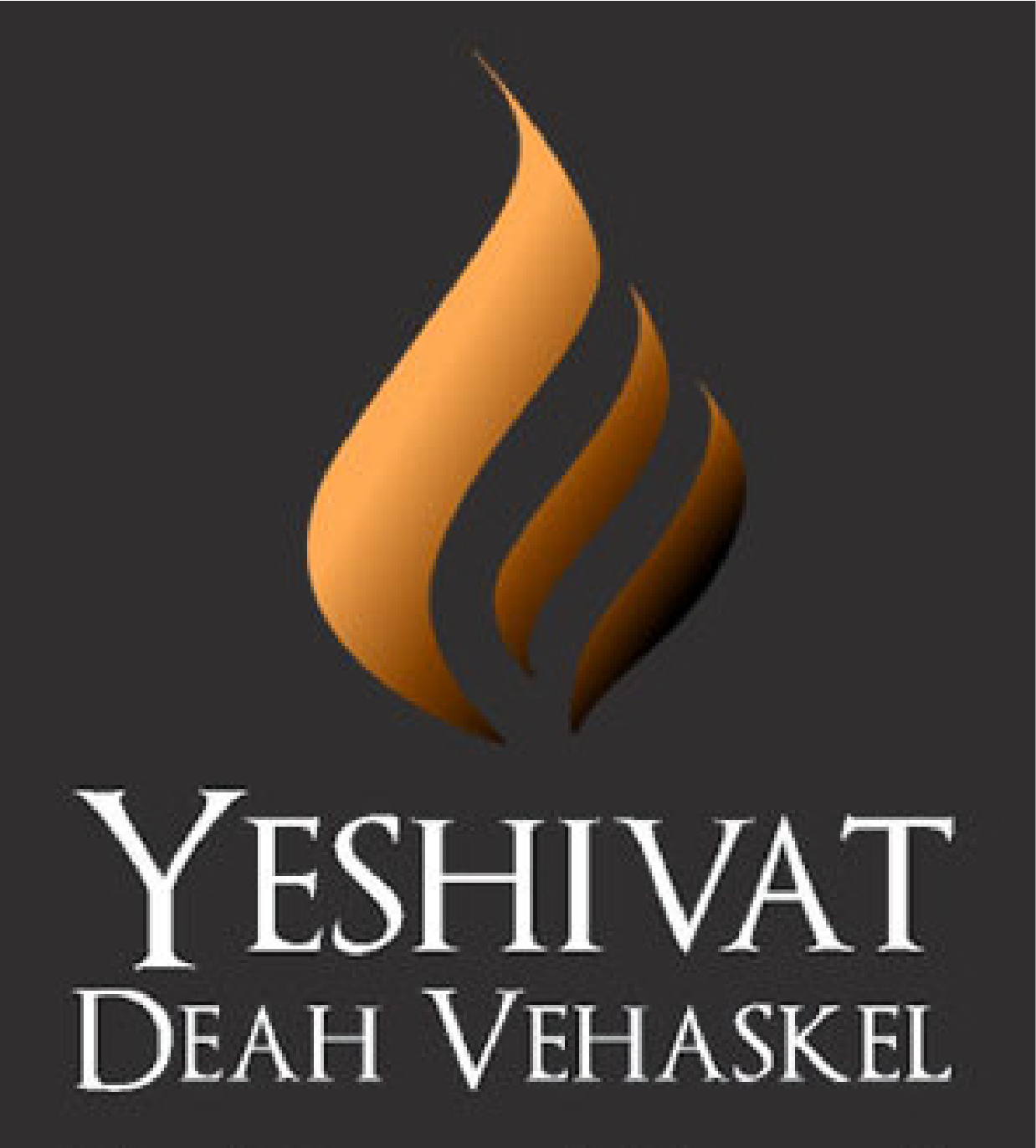This week, we append Parashat Shekalim to the regularly scheduled Torah reading. The Rabbis instituted the addition of Parashat Shekalim on or before the first day of the month of Adar in order to remind the Jews to bring their annual “half-shekel” contributions to the Temple before the month of Nissan rolled around. Why did the Rabbis choose to structure this “announcement” in the form of a Torah reading, rather than simply incorporating it into the Shabbat prayer service in some other way?
I believe that the fact that the Rabbis decreed that we must read the Parasha of Shekalim from a Sefer Torah shows that they wanted us to reflect upon the message of the “half-shekel” before fulfilling the mitsvah. By beginning the process of shekel collection with a public act of Torah study, the Jewish people are made aware of the importance of understanding the reason behind the commandment prior to performing it.
What is the core concept of the half-shekel that the Rabbis wished to emphasize? The notion that every Jew must “own” an equal share of the daily sacrifices in the Temple has profound theological implications. It derives from the uniquely Jewish view of atonement.
Within the framework of pagan religions, the appeasement of the gods is the key to securing divine favor. In that system, it matters little where the offerings are coming from. The idolatrous gods are imagined to be deeply concerned with receiving and enjoying generous tributes from human beings. In exchange for having their needs satisfied, the gods are willing to provide protection, grant blessings and answer prayers. This leaves open the possibility of vicarious orsubstitutionary atonement, in which a given individual can sacrifice his own wealth or life and thereby “entice” the gods to intercede on someone else’s behalf.
By contrast, the Torah teaches that God gains nothing from our offerings. He is not interested in receiving any gifts from us; on the contrary, the activities we do to honor God are an expression of our own dedication and spiritual development, and it is this that makes us worthy in His eyes. Therefore, the mere fact that a sacrifice produces a savory aroma on the altar confers no benefit to me unless I participated in that sacrifice on some level – unless, in some sense, it is a function or a reflection of my own religious and moral commitments.
For this reason, the daily offerings in the Temple had to be purchased from the half-shekel contributions of the entire population. Only when the sacrifices actually come from the hearts and wallets of the Jewish people can they serve to secure atonement for the nation as a whole.


I wonder if you have figured out the meaning of rambam in his pirush Hamishna on the mishna in Avot al shelosha devarim etc… where he says (kafah ) Kiyum mitzvot hatorah vehem hakorbanot. ?
I have struggled with this a lot. It must be related to the fact that tefilah is bemakom korban, but has that to do with kiyum hamitzvot?
Oh and BTW great post! I have not missed one yet though I don’t always comment. Soirry I cannot help you more in your debates on the blogs. I have no time lately so I have to be judicious. You do a good job on your own though! Chazak Ve’ematz!
David,
Perhaps, the solution to your question (I have also wondered about this one) could be related to the idea that avoda is the expression of our ultimate subordination to G’s will. This is most excellently exemplified in korbanot but truly the entire halakhik system is avoda.
In other words, Rambam is saying that really avoda is a good description of all the mitzvot but in so far as what he thinks the Tana was referring to by saying avoda (the p’shat)- that’s korbanot. Please excuse the sloppiness of my comment – I hope I am being somewhat clear (I’m kinda drowsy at the moment).